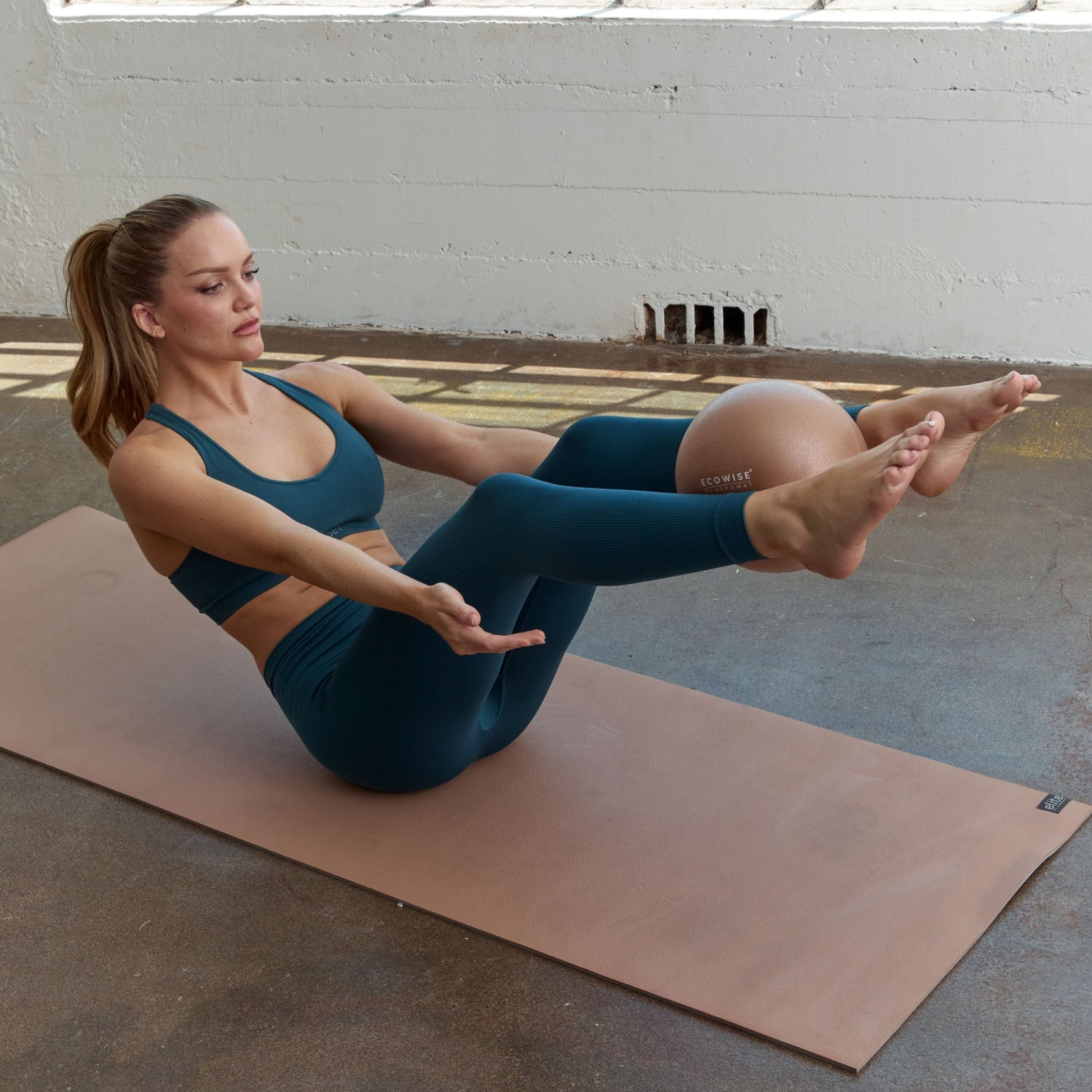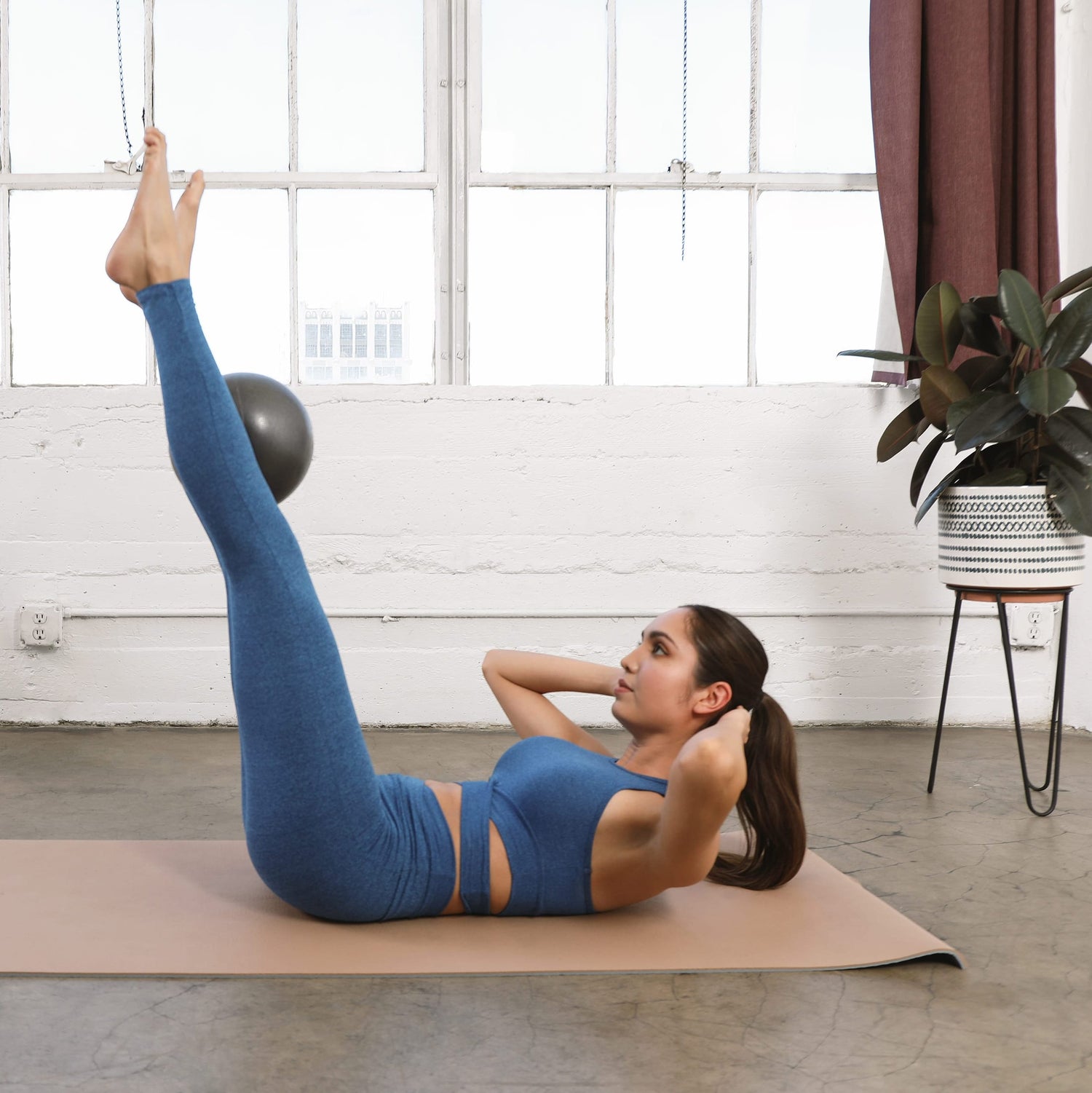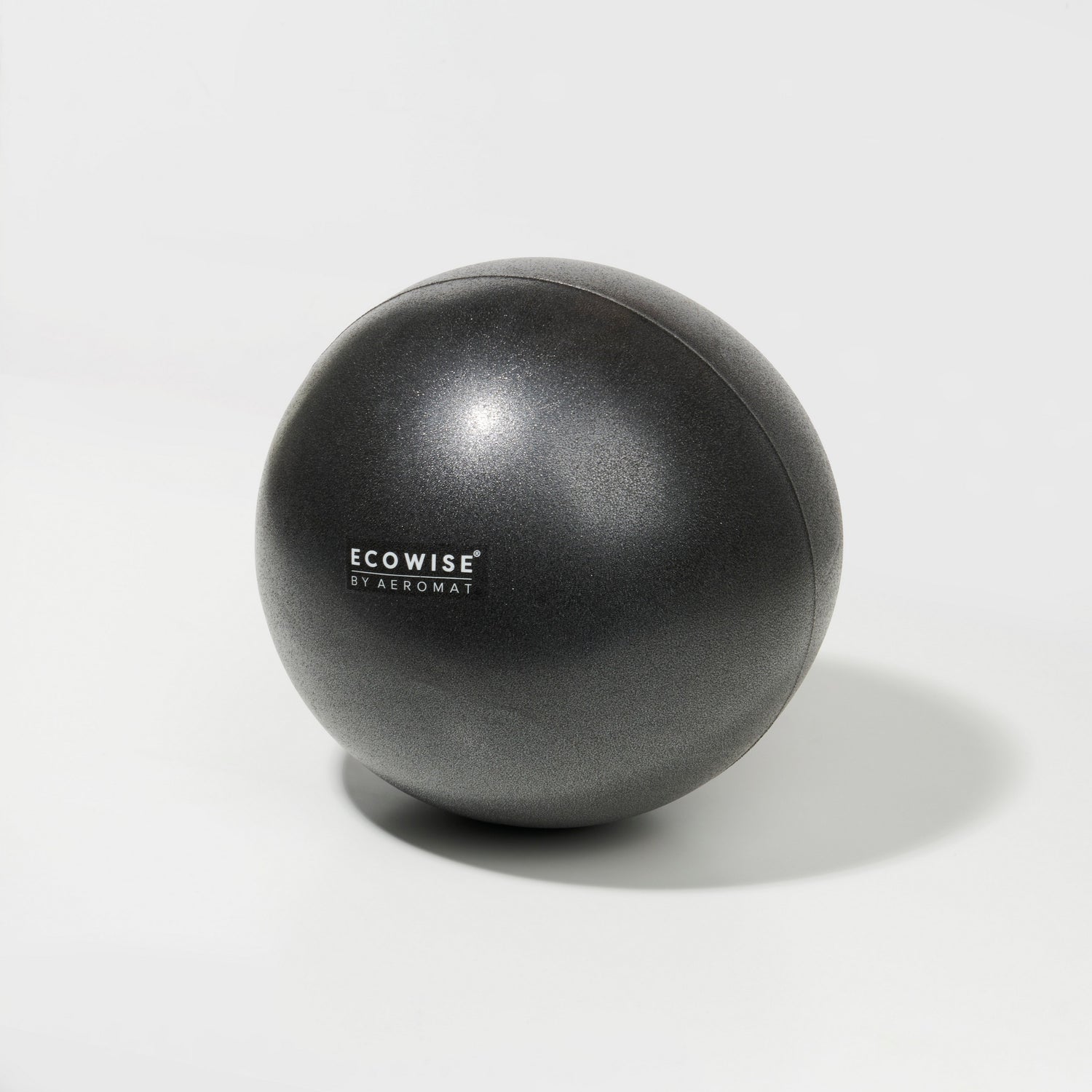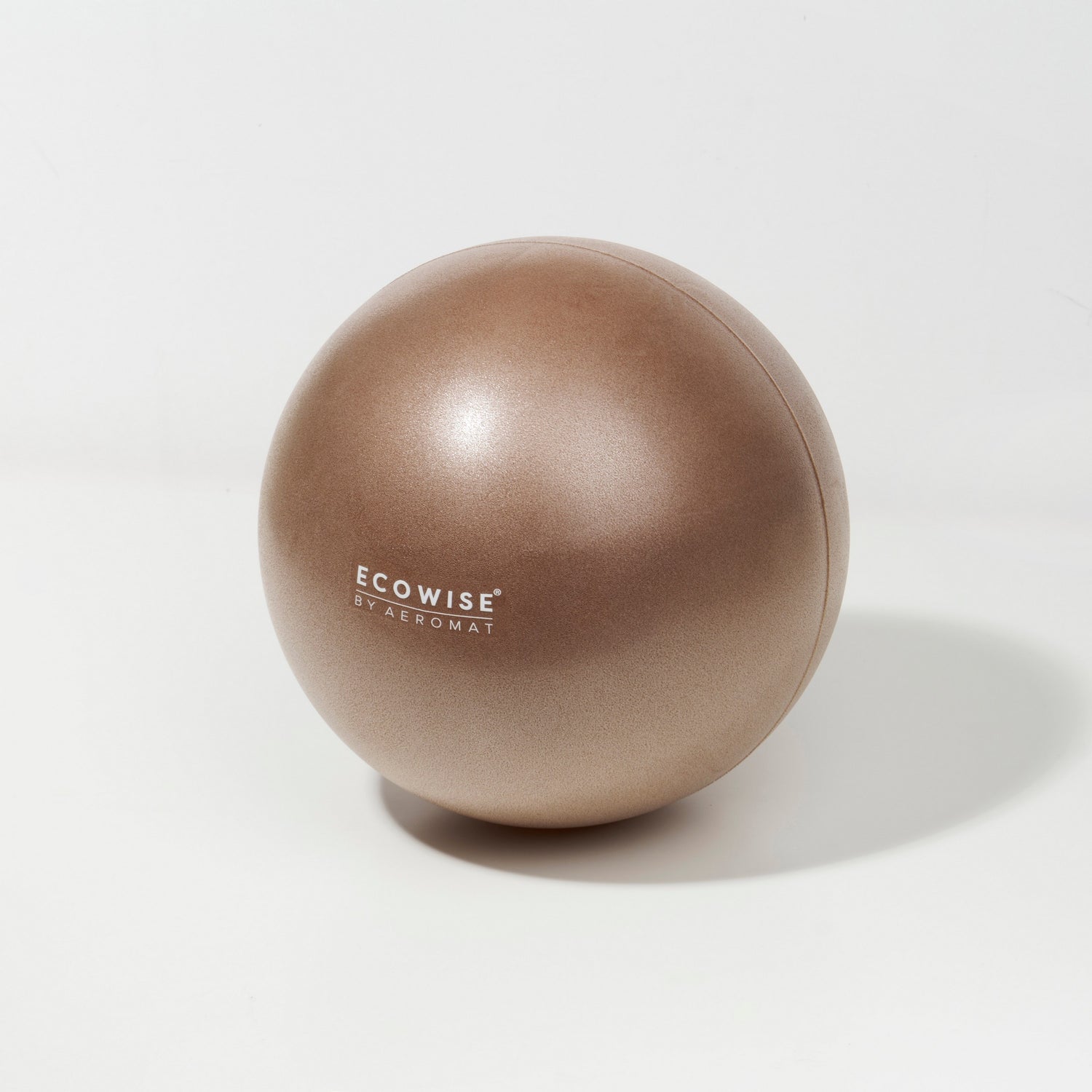Resistance bands are a versatile, effective tool for strengthening and toning your upper body muscles. Whether you're new to resistance training or looking to add variety to your existing workout routine, incorporating resistance bands can offer significant benefits. These bands provide continuous tension, promoting muscle engagement throughout the entire range of motion, which can be especially useful for targeting specific muscle groups. In this article, we'll share some tips and techniques to help you get the most out of your upper body resistance band workout, ensuring that each session is both efficient and effective.
Why Choose a Resistance Band Upper Body Workout?
Before diving into the tips, it's essential to understand why resistance bands are a valuable addition to your upper body workout routine. Unlike free weights or machines, resistance bands offer several advantages:
- Versatility: Resistance bands can be used for a wide variety of exercises, allowing you to target all the major muscle groups in your upper body, including your chest, shoulders, back, and arms.
- Portability: Resistance bands are lightweight and easy to carry, making them perfect for home workouts, travel, or outdoor exercise sessions.
- Variable Resistance: The tension of the bands increases as you stretch them, which can help improve your strength through a full range of motion. This also makes them suitable for all fitness levels, as you can adjust the resistance by using different bands or altering your grip.
With these benefits in mind, let's explore some effective tips to elevate your resistance band upper body workout.

1. Focus on Proper Form
The effectiveness of your resistance band upper body workout hinges on maintaining proper form throughout each exercise. Unlike traditional weights, where momentum can sometimes carry the weight, resistance bands require you to control the movement both during the contraction and the release.
- Maintain a Neutral Spine: Keep your back straight and avoid rounding your shoulders. This will help prevent injuries and ensure you're engaging the correct muscles.
- Controlled Movements: Perform each exercise slowly and deliberately. This will maximize muscle tension and ensure you're working the target muscle groups.
- Mind-Muscle Connection: Focus on the muscles you're working with each movement. This mental engagement can enhance the effectiveness of the exercise.
2. Incorporate a Variety of Exercises
To fully engage all the major muscle groups in your upper body, it's essential to incorporate a variety of exercises into your routine. Here are some fundamental resistance band exercises to consider:
- Chest Press: Anchor the band behind you and press forward, mimicking the motion of a bench press.
- Lat Pulldown: Attach the band overhead and pull down towards your chest, focusing on engaging your lats.
- Shoulder Press: Stand on the band and press overhead, ensuring your core is engaged to maintain balance.
- Bicep Curl: Step on the band and curl your arms up, focusing on squeezing your biceps at the top.
- Tricep Extension: Anchor the band behind your head and extend your arms, working the triceps.
Incorporating these exercises ensures a comprehensive upper body workout, targeting all major muscle groups.
3. Adjust Resistance for Progression
One of the key advantages of resistance bands is the ability to easily adjust the resistance. This makes it simple to increase the intensity of your workout as you get stronger.
- Use Different Bands: Resistance bands come in various tension levels, typically color-coded. As you progress, switch to a band with higher resistance to continue challenging your muscles.
- Change the Length of the Band: You can adjust the resistance by shortening or lengthening the band. For example, wrapping the band around your hands or stepping closer to the anchor point will increase tension, making the exercise more challenging.
- Increase Repetitions or Sets: If you’re not ready to move to a higher resistance band yet, you can increase the number of repetitions or sets you perform. This will help build endurance and strength over time.
4. Use Proper Anchoring Techniques
For certain exercises, you'll need to anchor the resistance band to a stable object. Proper anchoring is crucial to ensure safety and maximize the effectiveness of your workout.
- Use a Door Anchor: Many resistance bands come with a door anchor attachment. This allows you to secure the band at different heights, enabling a wider range of exercises.
- Secure to Stable Objects: If you don't have a door anchor, make sure to attach the band to something sturdy and stable, like a heavy piece of furniture or a railing. Ensure that the object won’t move during your workout.
- Check for Wear and Tear: Regularly inspect your bands for any signs of wear, such as small tears or cracks. This helps prevent the band from snapping during your workout.
5. Combine Resistance Bands with Other Equipment
To add variety and further challenge your muscles, consider combining resistance bands with other workout tools.
- Dumbbells: Incorporating dumbbells with resistance bands can increase the overall resistance, making exercises like bicep curls or shoulder presses more challenging.
- Stability Ball: Perform exercises on a stability ball to engage your core and improve balance while working your upper body.
- Pull-Up Bar: Use a resistance band to assist with pull-ups, helping you gradually build the strength needed to perform them unassisted.
6. Implement Supersets and Circuits
To maximize the efficiency of your resistance band upper body workout, try implementing supersets or circuits into your routine.
- Supersets: Perform two exercises back-to-back without rest. For example, follow up a set of chest presses with a set of rows. This not only saves time but also keeps your muscles engaged for a longer period, leading to greater muscle fatigue and growth.
- Circuits: Create a circuit by performing a series of exercises consecutively, targeting different muscle groups. For example, start with a shoulder press, move to bicep curls, then tricep extensions, and finish with lat pulldowns. Repeat the circuit multiple times with minimal rest between exercises. This approach helps to elevate your heart rate, combining strength training with cardiovascular benefits.
7. Incorporate Isolation and Compound Movements
To achieve a balanced upper body workout, it’s essential to include both isolation and compound movements in your routine.
- Isolation Exercises: Focus on one muscle group at a time. Examples include bicep curls, tricep extensions, or lateral raises. These exercises are excellent for honing in on specific muscles, improving their strength and definition.
- Compound Exercises: Engage multiple muscle groups simultaneously. Examples include push-ups with a resistance band, chest presses, or rows. Compound movements are efficient, building overall strength and improving functional fitness.
8. Warm Up and Cool Down Properly
Like any workout, proper warm-up and cool-down routines are crucial for preventing injuries and enhancing performance.
- Warm-Up: Start with a light cardio activity like jumping jacks or jogging in place, followed by dynamic stretches to prepare your muscles for the workout. Consider including banded shoulder rotations or band pull-aparts to specifically warm up your upper body.
- Cool Down: After your workout, perform static stretches targeting the muscles you worked. Use the resistance band to assist in stretching, holding each stretch for 15-30 seconds. This helps improve flexibility and reduces muscle soreness.
About Aeromat/Ecowise
At Aeromat/Ecowise, we are passionate about making fitness and well-being accessible to everyone. As leading lifestyle brands in fitness products and accessories, we are committed to providing high-quality, sustainable, and innovative solutions for all your fitness needs.
Our range includes everything from resistance bands and yoga mats to stability balls and balance trainers, all designed with the user in mind. Whether you’re a fitness enthusiast, a beginner, or a professional athlete, our products are made to enhance your workout experience and help you achieve your health and wellness goals.
Our resistance bands, part of our extensive Yoga and Pilates collection, are crafted to meet the highest standards of durability and effectiveness. We believe that everyone should have the tools they need to pursue a healthier lifestyle, and our mission is to make these tools available to all.
Explore Our Collection of Premium Resistance Bands
Incorporating resistance bands into your upper body workout can bring a new level of versatility and challenge to your fitness routine. By focusing on proper form, varying your exercises, adjusting resistance levels, and combining different techniques, you can ensure that your resistance band upper body workout is both effective and engaging. Remember to warm up before and cool down after your sessions to protect your muscles and enhance your overall performance.
If you’re looking for high-quality resistance bands to elevate your workouts, we invite you to browse our collection today. Our range is designed to cater to all fitness levels, ensuring you find the perfect band for your needs. Should you have any questions or need further guidance, we encourage you to contact us. We’re here to support you on your fitness journey.

FAQs
What are the benefits of using resistance bands for upper body workouts?
Resistance bands provide continuous tension throughout the entire range of motion, which helps engage muscles more effectively compared to free weights. They are also highly versatile, portable, and suitable for all fitness levels, making them an excellent tool for building strength and toning muscles.
Can resistance bands build muscle as effectively as free weights?
Yes, resistance bands can be just as effective as free weights in building muscle when used correctly. By increasing resistance, varying exercises, and focusing on controlled movements, you can stimulate muscle growth and strength development similar to traditional weightlifting.
How do I choose the right resistance band for my upper body workout?
Resistance bands come in different tension levels, usually color-coded. Beginners should start with a lighter band and gradually progress to higher resistance as their strength improves. It's also helpful to have a variety of bands on hand to adjust resistance for different exercises.
How often should I perform a resistance band upper body workout?
For optimal results, aim to include resistance band workouts in your routine 2-3 times per week. Allow at least 48 hours of rest between sessions to give your muscles time to recover and grow.
Are resistance bands safe to use for people with joint issues?
Yes, resistance bands are generally safe for people with joint issues because they provide low-impact resistance that reduces stress on the joints. However, it’s important to use proper form and start with a lighter band to avoid overloading the joints. Consult with a healthcare professional or physical therapist if you have specific concerns.












